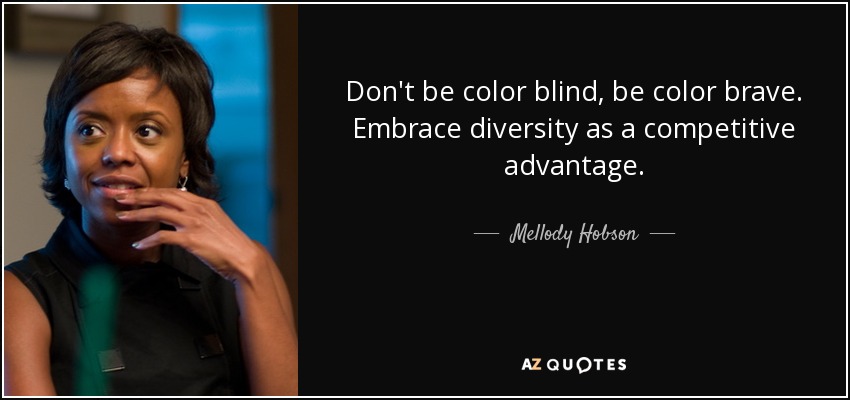Seven Characteristics of a Youth Worker:
1. Role Model/Mentor- When working with youth, it is good to behave appropriately and set examples for youth. Not only will the youth worker be influenced by the youth, but the youth will also be influenced by the youth worker. Depending on the situation, the youth worker can teach the youth, whether it be in certain skills or problem solving ways; the youth can also teach the youth worker, by exploring their own views on the world, as well as displaying values that each of the youth may have. The youth worker and youth can both be mentors towards each other, but in these own special and different ways.
2. Ethically Respectful- When working with youth, it is important to be aware of ethical boundaries, since youth workers can and will work with a variety of different youth groups from several different backgrounds. Youth work may take place in many underprivileged communities; it is important for youth workers to research and investigate these communities in order to understand the conditions of how these communities work and possibly figure out ways how to best work with the youth in these communities.
3. Learner and Listener- When working with youth, youth workers will not only influence and mentor the youth, but the youth will also mentor/teach the youth worker. In the youth/worker relationship, both act as the student as well as the teacher. Even though the youth worker is there to mentor the youth, the youth in several ways can mentor the youth worker about certain things that the youth worker might not have know before. It is important for a youth worker to learn from the youth in order to get a full understanding on why they work with youth as well as how to influence other youths in the same or different ways.
4. Self Aware/Self Acknowledgment- As mentioned in the article, when working with youth, it is important to be self aware and acknowledge oneself before and while working with youth so that the youth worker can help the youth discover who they are and who they want to be. When working with youth, it is very important for youth to be comfortable with themselves as well as being comfortable with the youth workers that they are working with. Being able to open up and be able to share their experiences with youth workers, and vice versa, will give a better experience to both the youth as well as the youth worker.
5. Prepared- As mentioned above, it is important for youth workers to know background about the youth that they are going to work with. It is important to research specific areas that youth workers will be introduced to and possibly what to expect of these areas. Youth workers can and will work in several different communities of youth and not one will be the same. It is important for youth workers to devise some plan as to how they plan on going about helping, supporting and encouraging youth in their communities. Research and preparation is extremely important because it will make the youth worker aware and ready for their work to come.
6. Well Maintained/Disciplined- It is important when working with youth where to draw the line between friend and teacher/mentor. There may be times at which are appropriate to have fun and enjoy time with youth, however there may be other times in which professional behavior is necessary.
7. Educationally Persuasive- It is important for youth workers to take part in not only the social aspects of youth but also their academic behaviors as well. It is important for youth workers to be involved in youth's education and it is important for youth workers to encourage education. Since youth workers do work in schools a lot of the time, it is easy for youth workers to be involved in the youth's academic schedules and studies. Youth workers can also be used in schools to help youth cope with school or assist youth in school whether it be academically or socially.
I've worked for five years at the Henry Barnard School Explorations Program and have had several different interactions with several types of youth. I have most certainly came across these seven traits one way or another. I do my best to be the best role model/ mentor that I can be to the students. There are times at which I can have fun and kid around with the students; however i know that there are times at which I must be professional with the students. When the students first come to the program I ask them how they school day was and if there is anything going on that might make them feel uncomfortable; I also help when it is necessary in the homework room when I am assigned to it. I do my best to get to know every student individually rather than knowing them as a whole group; since there are some teachers and much more kids, it is easy for them to know me better. Not only do I influence the students, but the students also influence me and the way I do things while working with them. Overall, these seven traits are traits that I do believe I have and use within my "youth worker" job and will continue to develop these traits as I go on to continue in my future youth worker career.













